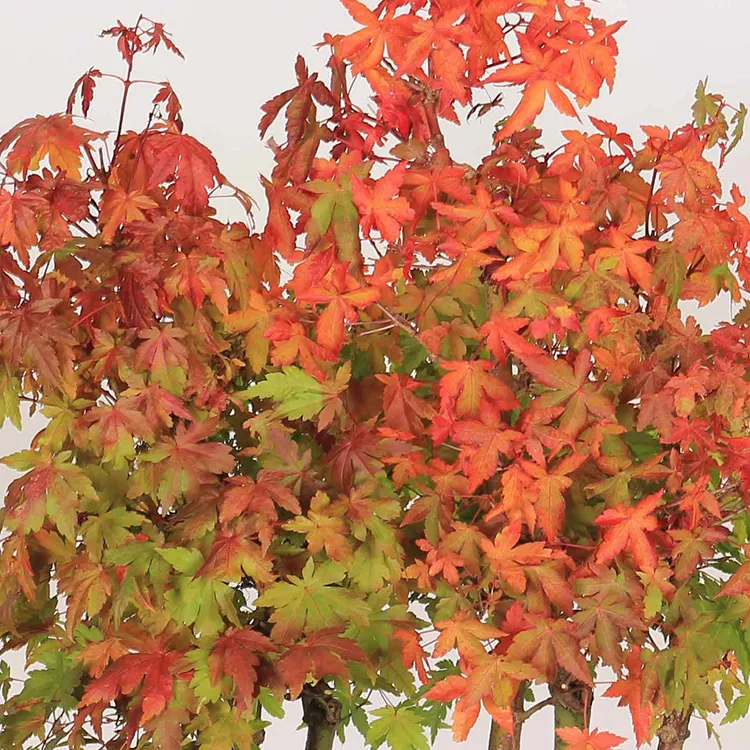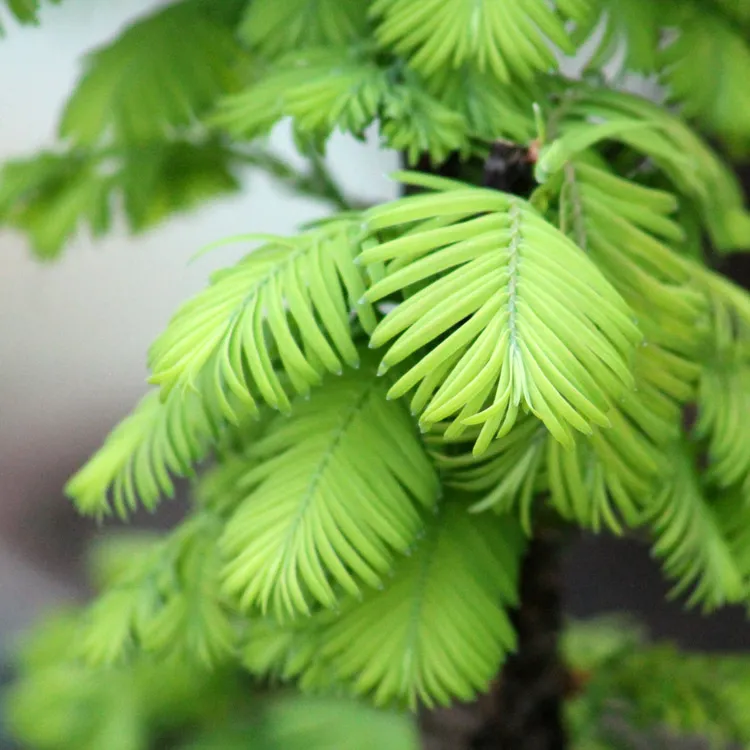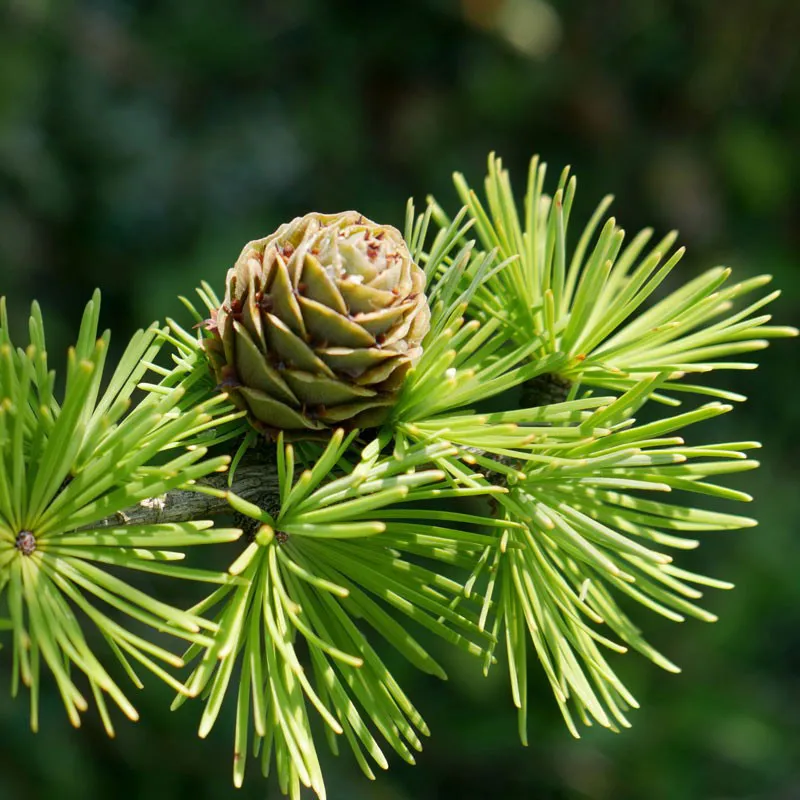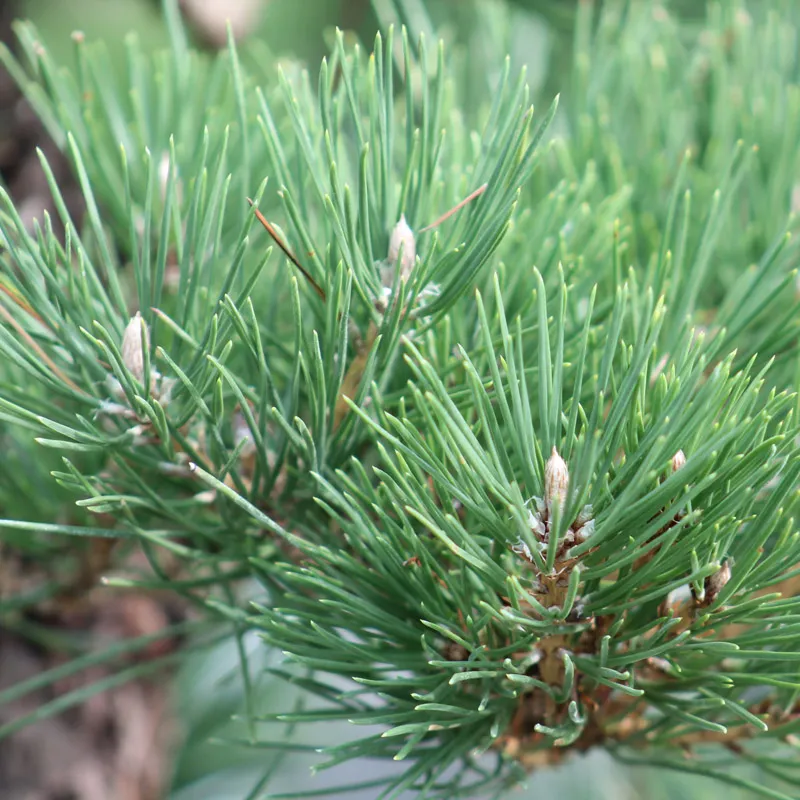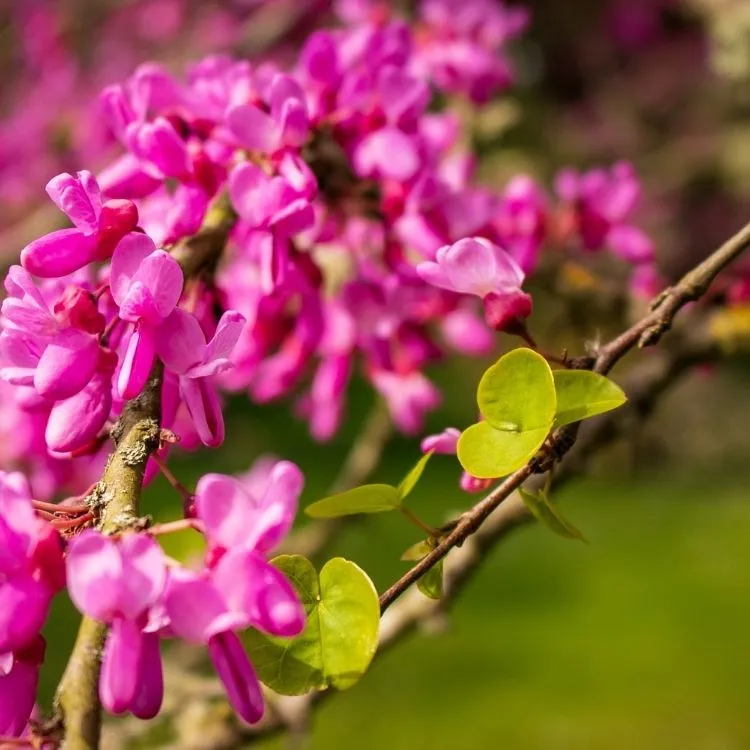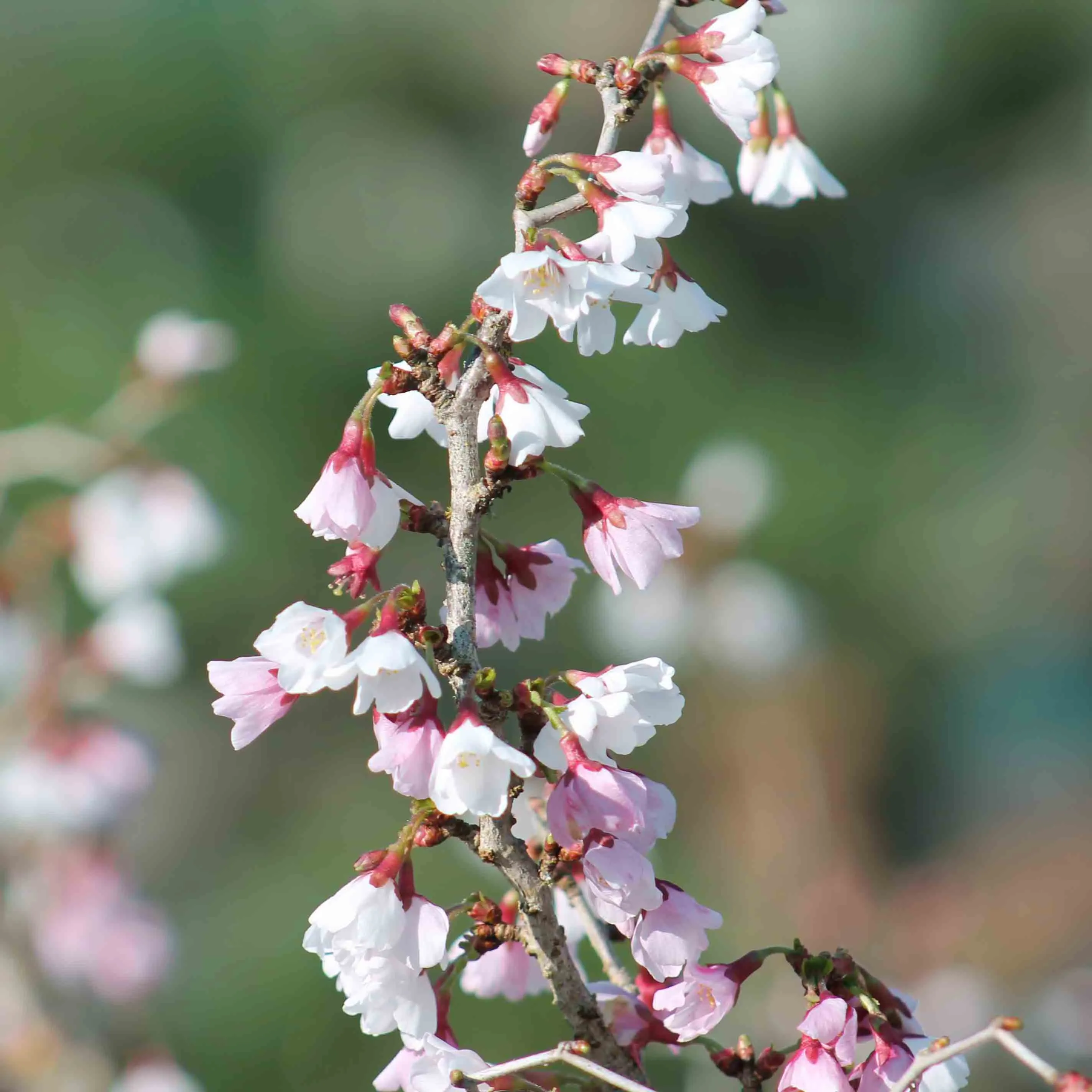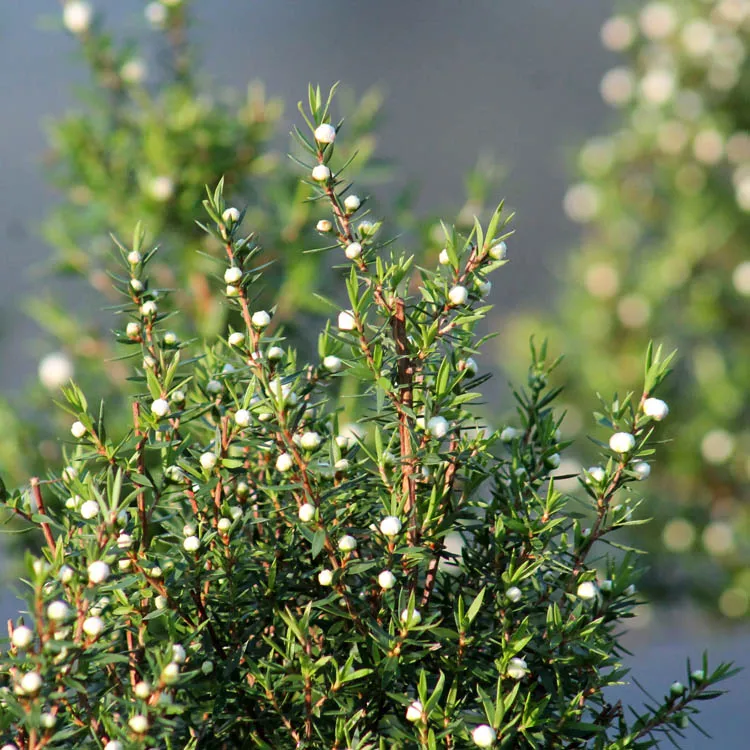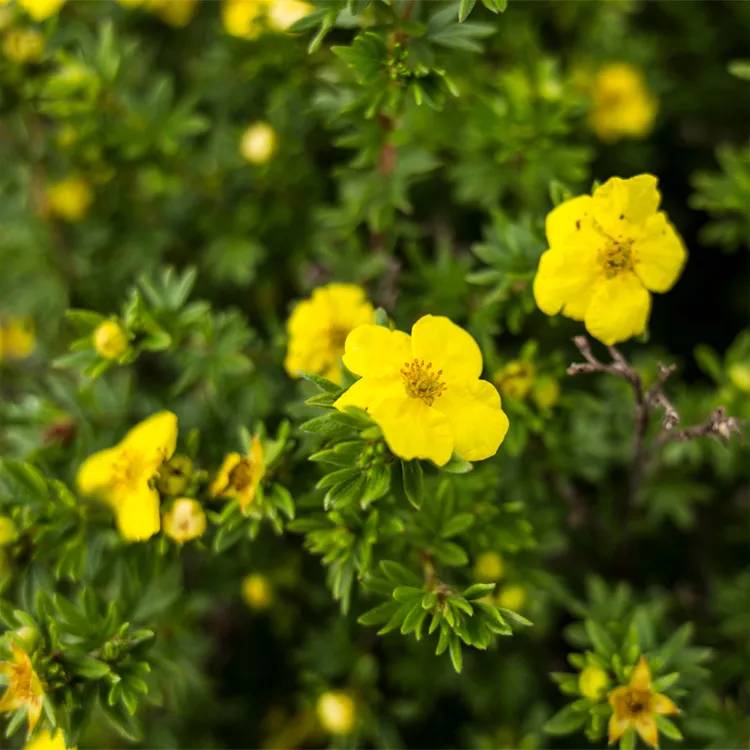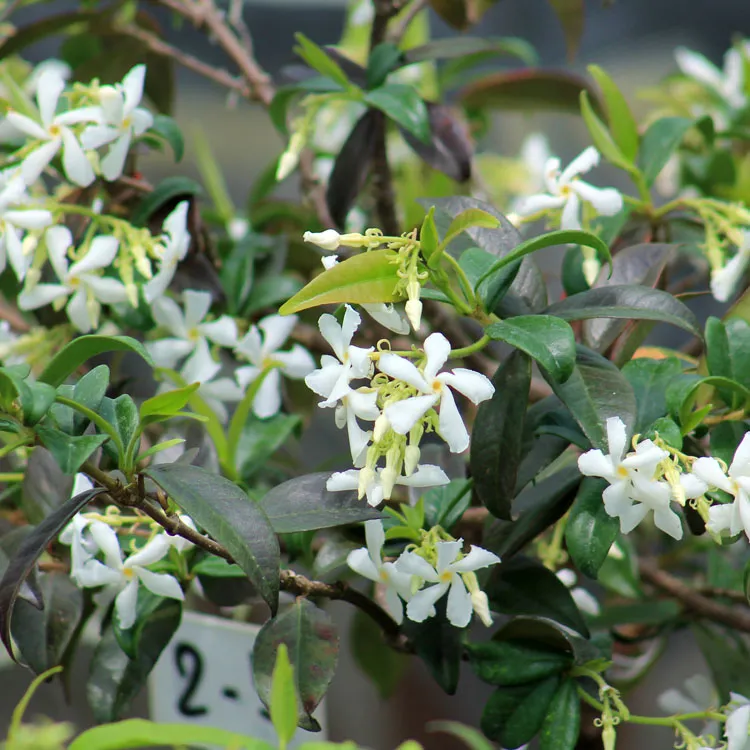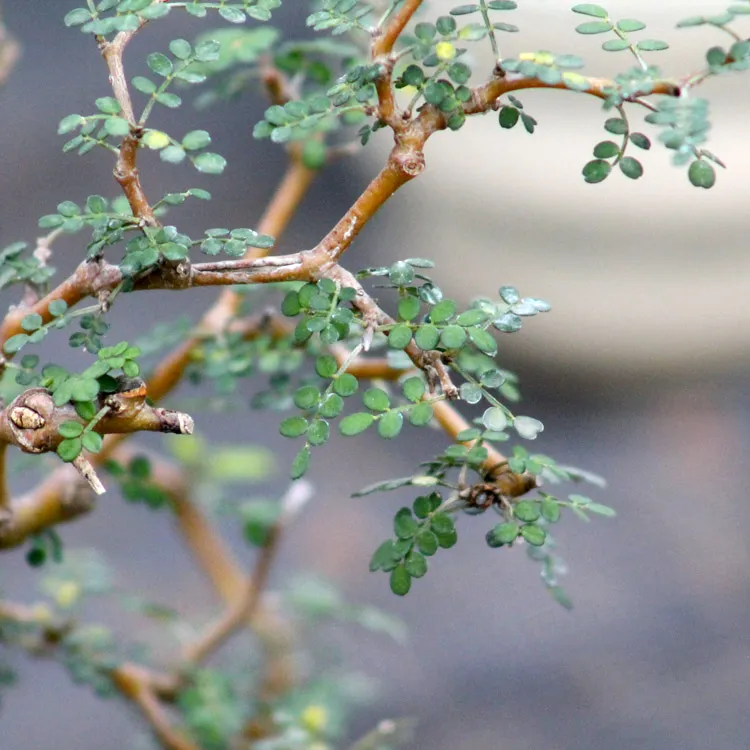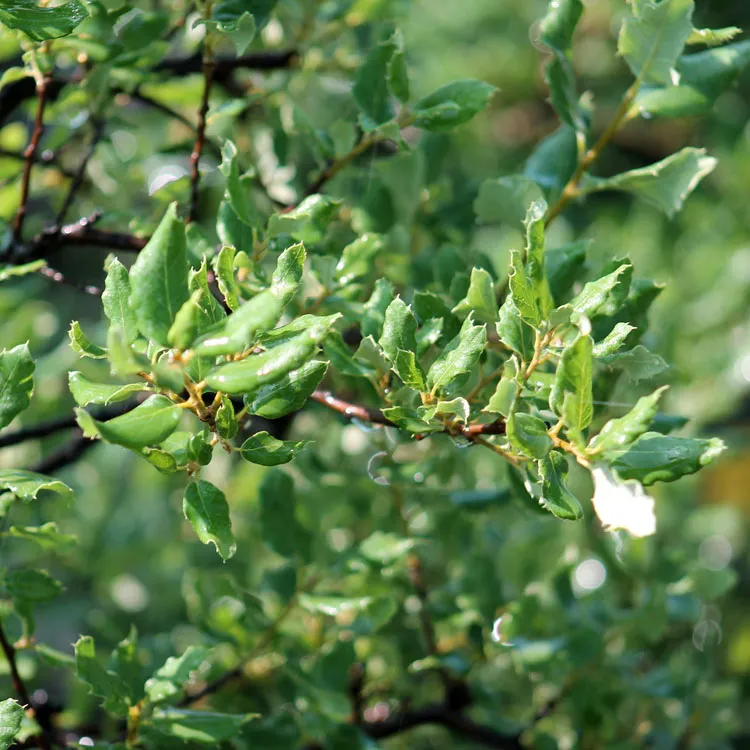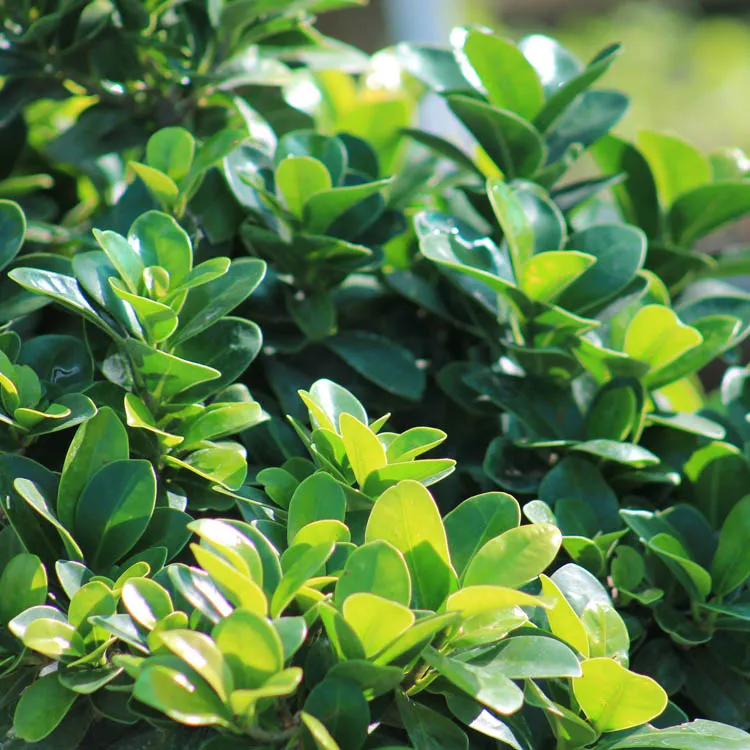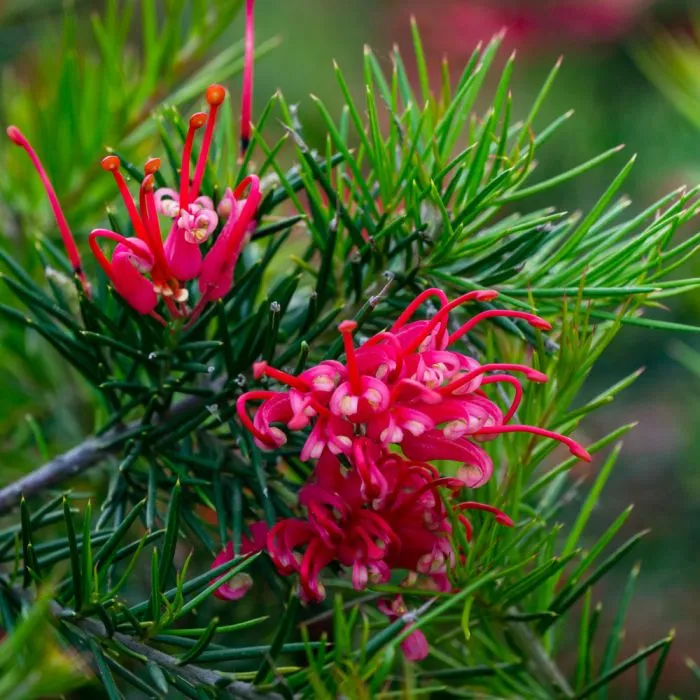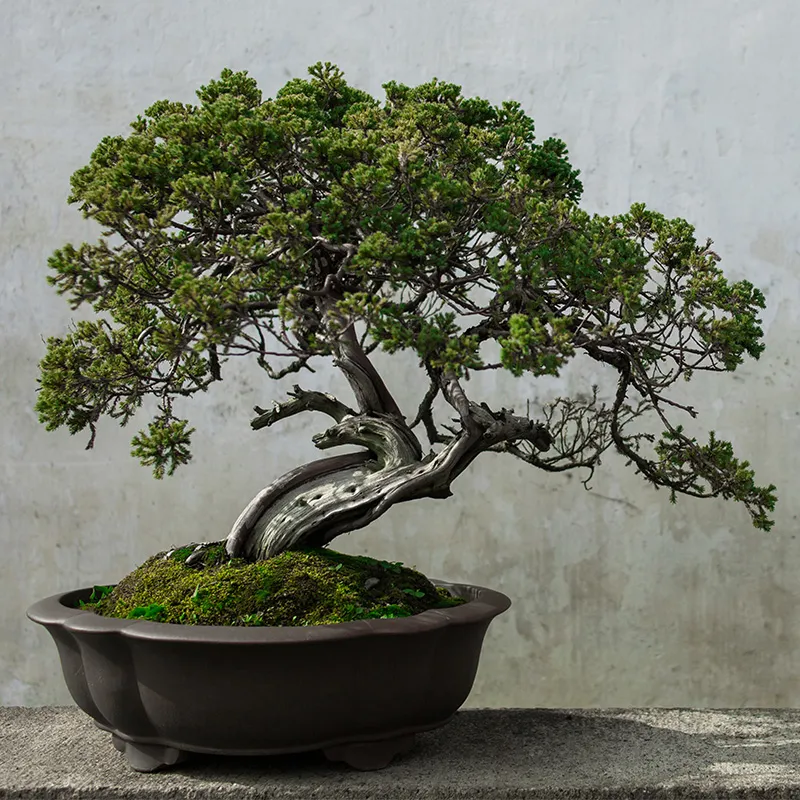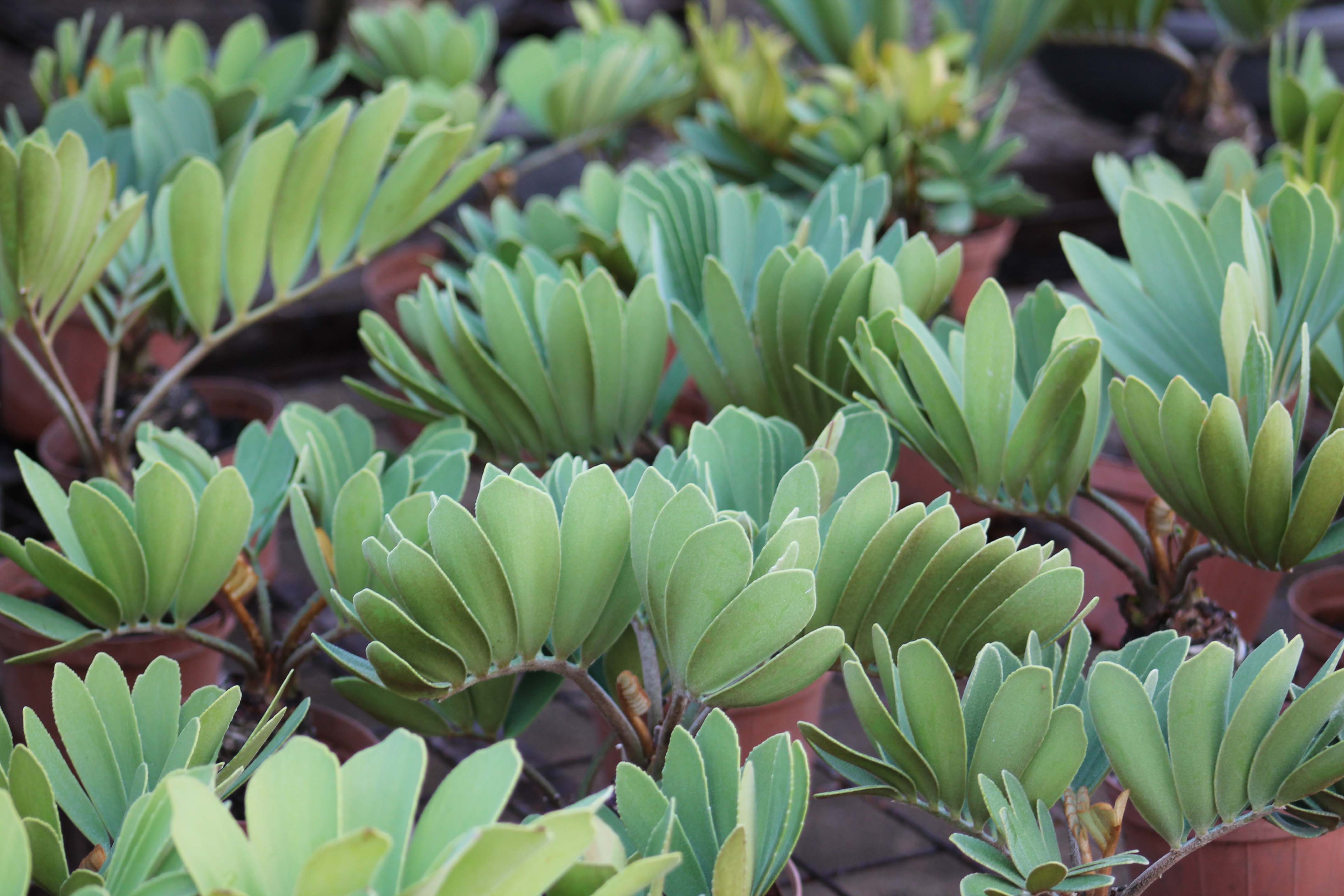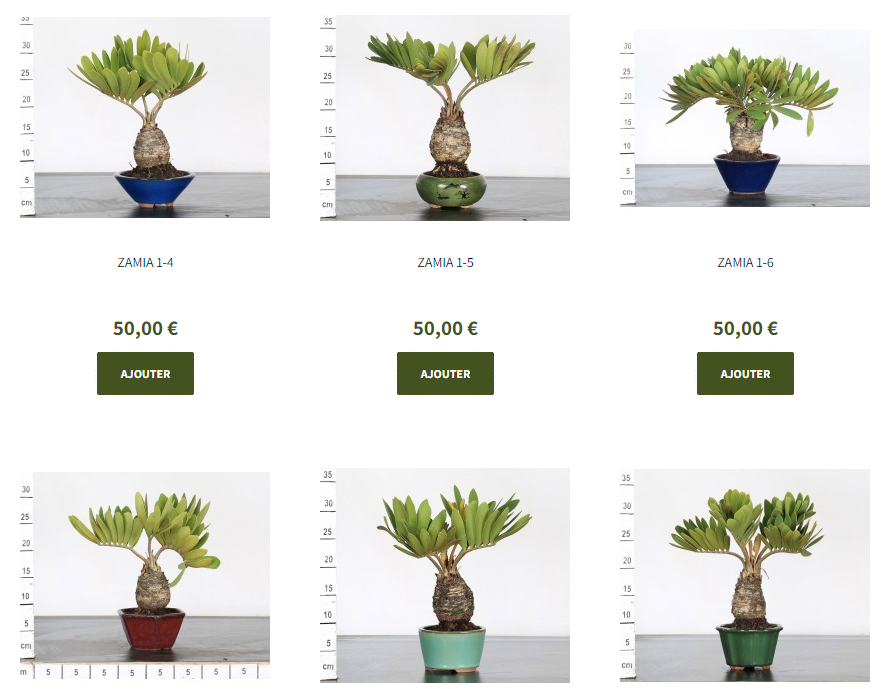The zamia, an indoor bonsai, brings an exotic and elegant touch to any space, with its slow growth and evergreen leaves. Its maintenance requires patience and moderation of watering, creating a verdant centerpiece in an indoor environment.
Zamia: a bit of history
Plants in the genus Zamia, also known as cycad palms, have a history dating back millions of years. They have survived drastic climate change and thrived in various parts of the world, from the Americas to Africa. As a primitive plant, Zamia has a unique appearance with feather-like leaves and a short, sturdy trunk. The incorporation of these characteristics into the art of bonsai adds a fascinating dimension to this already tradition-rich art form.
Growing Zamia as a Bonsai
Location: indoors in winter and outdoors from spring to fall, it likes to take advantage of the sunlight. In case of a heat wave and scorching sun, place it well in the shade so as not to damage it.
In winter, place it in a bright room, in front of a window for example, such as a veranda or kitchen. (between 15°C and 26°C). Indeed, zamia comes from warm and humid areas such as tropical or subtropical savannahs. Avoid exposing it to a temperature below 10°C and/or in a room that is too heated and dry.
Watering: Zamia needs a substrate that is always moist. Water it regularly while allowing the root ball to dry out slightly between waterings to avoid excess water. Watering should be done on a regular basis. In hot weather, it's every day !
To do it right : water the entire root ball up to the roots, the water will drain away through the holes under the pot or bathe the tree in water (drenching) for a few minutes. We do not recommend putting a cup or container underneath your pot as the water will stagnate and can cause root rot. (Too much water = asphyxiation).
Repotting: Repot your Zamia every 3-4 years in the spring, in a pot with a larger diameter than the old one. This helps to regenerate the soil.
Pruning: Remove damaged leaves as it develops. Severe pruning can be done in the summer when it is hot.
Fertilization: In the nursery, we use blue tomato/flower fertilizer NPK 12 12 17. Put a handful (small or large depending on the size of the pot) on the substrate from May to October, every 2 months, alternating chemical/organic.
Role of Zamia in Bonsai in Art
Zamia brings a unique touch to the art of bonsai due to its prehistoric appearance and specific care needs. Its slow growth and ability to produce new leaves make it an ideal candidate for bonsai enthusiasts looking for a challenge. Bonsai Zamias can live for several decades, providing ongoing gratification to those who grow them.
In addition, the Zamia bonsai stands for respect for nature and sustainability, as these resilient plants have survived for millions of years. They remind us of the importance of preserving our environment and taking care of prehistoric plants that survived against all odds.
Growing Zamia as a bonsai is a fascinating way to immerse yourself in the rich world of bonsai art. Rooted in history, this genus of prehistoric plants brings a unique dimension to this ancient art. With proper care, a sense of patience, and a deep appreciation for nature, you can transform a bonsai Zamia into a living work of art that will endure through the ages. So, embark on this botanical adventure, and explore the captivating world of the Zamia in bonsai.


 Production of French Bonsai
Production of French Bonsai


